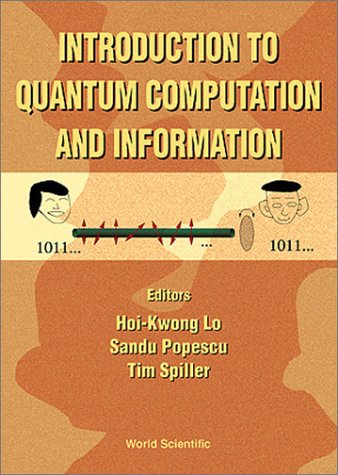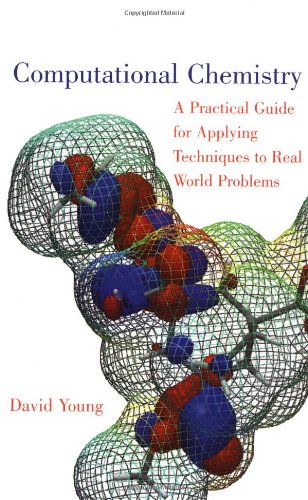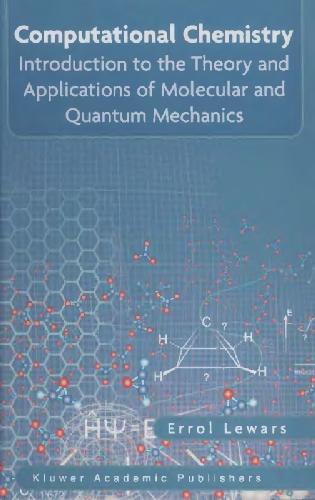Tim Spiller, Hoi-Kwong Lo981024410X, 9789810244101, 981023399X, 9789810233990, 9789812385253
Table of contents :
CONTENTS……Page 14
FOREWORD……Page 6
PREFACE……Page 10
1 Introduction……Page 16
2 Quantum mechanics……Page 18
3 Quantum cryptography……Page 30
4 Quantum computing……Page 33
THE JOY OF ENTANGLEMENT……Page 44
1 What is entanglement?……Page 45
2 Hidden variables?……Page 48
3 A thought experiment……Page 49
4 Nonlocality……Page 51
5 Manipulating entanglement……Page 52
6 Thermodynamics and entanglement……Page 56
7 Entangled density matrices……Page 58
1 Quantum Information – What is it?……Page 64
2 Quantum Dense Coding……Page 68
3 Quantum Teleportation……Page 71
4 Density Matrices……Page 75
5 Compression of Information……Page 79
6 Von Neumann Entropy……Page 82
7 Schumacher Compression of Quantum Information……Page 85
8 Conclusions……Page 88
2 Novel Properties of Quantum Information……Page 91
3 An Illustrative Example: Quantum Money h……Page 96
4 Cryptography……Page 98
5 Quantum Key Distribution (QKD)……Page 102
6 Is Quantum Key Distribution Really Secure?……Page 108
7 Practical Considerations……Page 113
8 Beyond Quantum Key Distribution?……Page 115
9 Quantum Cryptanalysis……Page 124
10 Thoughts For The Future……Page 126
11 What Quantum Cryptography Is Telling Us About Quantum Mechanics?……Page 127
1 Introduction……Page 135
2 Standard polarization coding set-up……Page 136
3 Standard phase coding set-up……Page 138
4 QC using Faraday mirrors……Page 140
5 The performance of a QC-setup: transmission length, data rate and quantum bit error rate……Page 144
6 QC with single photon sources……Page 149
7 Practical eavesdropping……Page 150
8 Open air QC……Page 152
1 Computation and Physics……Page 158
2 Complexity theory……Page 159
3 Fundamental definitions……Page 164
4 Simple algorithm: Deutsch220s problem……Page 169
5 Simon220s problem……Page 171
6 Shor’s factorisation algorithm……Page 175
7 Grover220s searching algorithm……Page 181
8 Towards Quantum Networks……Page 187
9 Coupling with the environment: the decoherence problem……Page 189
1 Introduction……Page 199
2 Three bit code……Page 200
3 Binary fields and discrete vector spaces……Page 203
4 Classical error correction……Page 206
5 Basic principles of quantum error correction……Page 211
6 Code construction and syndrome extraction……Page 218
7 Further development……Page 224
1 The need for fault tolerance……Page 228
2 Quantum error correction: the 7-qubit code……Page 232
3 Fault-tolerant recovery……Page 240
4 Fault-tolerant quantum gates……Page 252
5 The accuracy threshold for quantum computation……Page 258
6 Error models……Page 264
7 Topological Quantum Computation……Page 268
1 Introduction……Page 285
2 The ion-trap quantum computer……Page 287
3 The cavity quantum electrodynamics quantum computer……Page 300
4 Experimentally feasible quantum error-correction……Page 309
5 Quantum networking……Page 315
6 Conclusions……Page 322
1 Introduction……Page 326
2 Physics of Nuclear Magnetic Resonance……Page 329
3 Computation with NMR……Page 335
4 Theory of Bulk Quantum Computation……Page 339
5 Experimental Results……Page 344
1 Introduction……Page 355
2 Comparison of Classical and Quantum Information Processing……Page 356
3 Open Problems……Page 362






Reviews
There are no reviews yet.